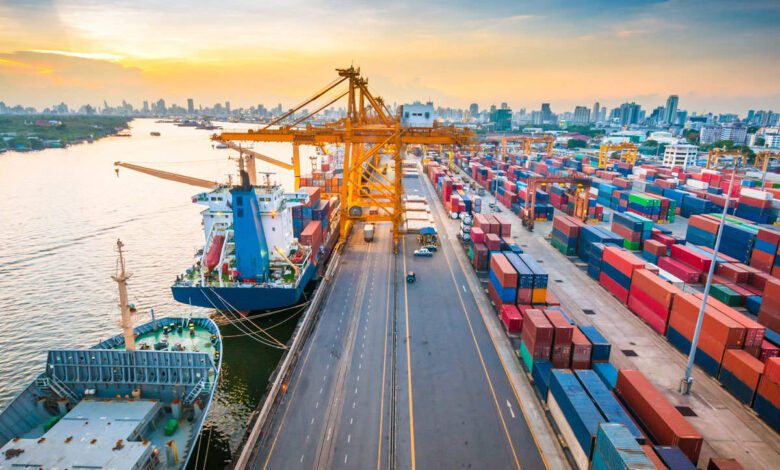India’s trade on rise: GTRI reports over $800 billion in foreign trade in first half of 2023
Based on a GTRI analysis, exports of goods and services increased by 1.5% to $385.4 billion in the first half of this year, compared to $379.5 billion in the same period of 2022.

Despite global economic headwinds, India’s foreign trade has hit a significant milestone. According to a report by think tank Global Trade Research Initiative (GTRI), the country’s exports and imports combined have crossed the USD 800 billion mark in the first half of 2023. This achievement is partly due to a surge in the services sector, even as worldwide demand slows down.
Breaking down the numbers, GTRI analysis showed a 1.5% increase in exports of goods and services, amounting to USD 385.4 billion from January to June 2023. This is a slight uptick from the USD 379.5 billion recorded in the same period in 2022. On the other hand, imports saw a 5.9% dip, settling at USD 415.5 billion in comparison to USD 441.7 billion in the previous year.
Interestingly, while goods exports saw an 8.1% decrease and imports contracted by 8.3%, services exports during the same six months saw a significant growth of 17.7%, with imports also rising by 3.7%. This indicates a shift in the pattern of trade, reflecting the growing importance of the services sector in India’s economy.
Ajay Srivastava, GTRI Co-founder, pointed out that weak global demand and competitiveness issues in labour-intensive sectors contributed to the modest decline in overall trade. He also highlighted that the dip in merchandise exports occurred despite the appreciation of the Indian Rupee.
However, Srivastava remains optimistic about India’s trade future. Though he acknowledges the challenges presented by global factors such as the war in Ukraine, high inflation, and financial uncertainty, he believes these will be overshadowed by new subsidies and protectionist measures by the EU and USA. In his view, India should focus on improving product quality and supply chain competitiveness to remain resilient and competitive.
The report also shed light on the performance of various sectors. It revealed that 11 of 29 product categories, responsible for 25% of India’s exports, showed positive growth. These include telecom, computer and electronics items, machinery, boilers, turbines, pharmaceuticals, and ceramic products. Notably, smartphone exports surged to USD 7.5 billion from USD 2.5 billion in the previous year.
On the flip side, 18 of 29 product categories contributing to 75% of total merchandise exports witnessed a decline. These include sectors like cereals, vegetables, fruits, spices, fish, meat, dairy products, textiles, carpets, garments, footwear, and leather. Srivastava suggests that a 2-3% incentive for every firm in the sector might help address some of these issues.
Geographically, India exports goods to 240 countries, but the report indicated a decline in outbound shipments in 134 of these destinations, including the USA, UAE, China, Bangladesh, and Germany. However, exports grew positively in the Netherlands, the UK, and Saudi Arabia.
Finally, the report highlighted that India’s trade deficit is highest with China, Russia, Saudi Arabia, Iraq, and Switzerland. It also noted a significant decline in the share of FTA partners in India’s merchandise exports and a 7.6% decrease in the import of crude petroleum. Despite this, Russia’s share in India’s import of petroleum crude jumped by a staggering 350%.
In conclusion, while India’s foreign trade faces challenges, the country’s focus on product quality and competitiveness could pave the way for future growth.
Please, have a look also : “India criticises rich nations’ climate inaction, calls for equity in Global Stocktake”



